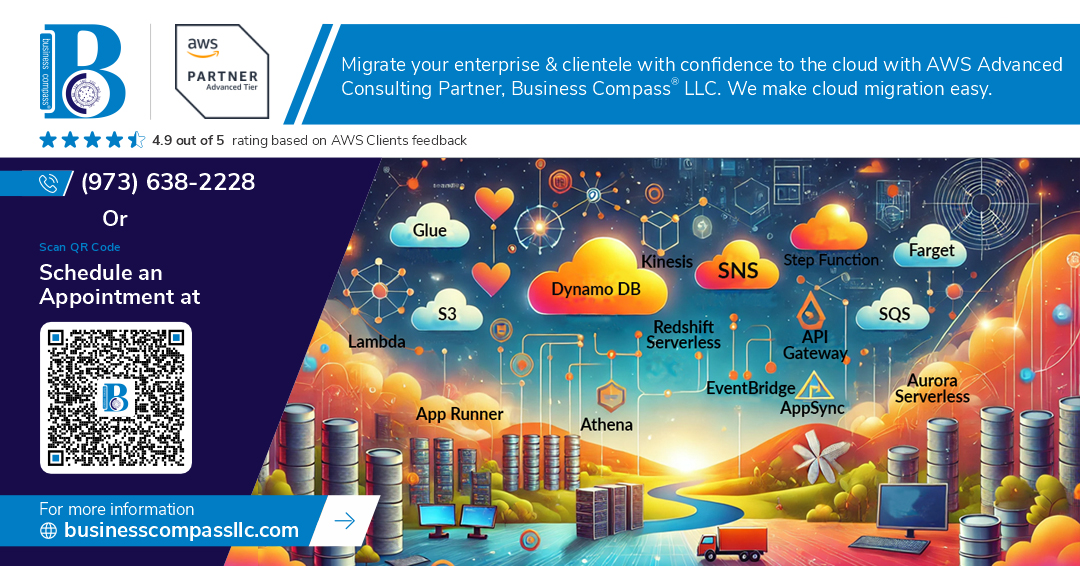Real-Time Weather Analytics with AWS: A Fully Serverless Data Pipeline Explained
In an increasingly climate-sensitive world, real-time weather analytics is essential for disaster response, agriculture, logistics, and renewable energy applications. With the advent of serverless computing on AWS, building a real-time, scalable data pipeline has become viable and highly efficient. This post explores a fully serverless architecture on AWS for processing and analyzing real-time weather data.
Use Case: Why Real-Time Weather Analytics?
Real-time weather data enables:
Predictive maintenance and routing for aviation and logistics
Early warning systems for disaster response and evacuation
Smart irrigation and yield optimization in agriculture
Energy load balancing based on temperature and sunlight variability
This pipeline processes live data from IoT weather sensors or third-party APIs to deliver real-time insights.
Solution Architecture Overview
The solution leverages the following AWS services in a fully serverless architecture:
Amazon API Gateway – Ingests incoming weather data
AWS Lambda – Processes and transforms the data
Amazon Kinesis Data Streams – Buffers incoming data for high-throughput analytics
Amazon Kinesis Data Analytics – Performs real-time SQL-based analysis on streaming data.
Amazon DynamoDB – Stores processed insights for quick access
Amazon S3 – Archives raw data for long-term analysis
Amazon QuickSight – Visualizes data in real-time dashboards
Amazon CloudWatch – Monitors performance and logs pipeline activity
Real-Time Data Flow
1. Data Ingestion
Weather data from edge sensors or API providers is sent to Amazon API Gateway. The data is then passed to a Lambda function that:
Validates and normalizes the input
Adds metadata such as timestamps and device IDs
Pushes the cleaned data to Amazon Kinesis Data Streams
2. Stream Processing
Amazon Kinesis Data Analytics reads from the stream and runs SQL queries to:
Compute moving averages (temperature, humidity, wind speed)
Filter noise and invalid sensor readings
Detect thresholds (e.g., wind speed exceeding 75 mph)
3. Data Storage
The processed data is:
Written to DynamoDB for low-latency querying
Archived to Amazon S3 using a separate Lambda function for batch analytics, ML training, and compliance retention
Visualizing the Insights
Amazon QuickSight connects to both:
DynamoDB for real-time operational dashboards
Athena, which queries data from S3 for historical trend analysis
Dashboards can include:
Temperature and wind speed time series
Geospatial maps of weather anomalies
Threshold alerts and frequency distribution
Security and Access Control
Security best practices include:
IAM roles and policies with least privilege access for all services
WAF and throttling rules on API Gateway to control usage and block abuse
KMS encryption for Kinesis, DynamoDB, and S3
ABAC (Attribute-Based Access Control) for fine-grained access to data in DynamoDB
Scalability and Cost Efficiency
This architecture is inherently scalable:
All components are fully managed and automatically scale with data volume
Lambda charges are based on execution time, not idle capacity.
Kinesis supports scaling based on shard count and enhanced fan-out
Lifecycle policies in S3 help manage long-term storage costs.
Monitoring and Logging
Amazon CloudWatch offers comprehensive monitoring:
Logs for Lambda and API Gateway for auditing and troubleshooting
Custom metrics to monitor record age, delivery delays, and failure rates
Alarms that notify operations teams about anomalies or bottlenecks
Optional Enhancements
To extend this pipeline, consider:
Amazon Forecast for machine learning-based weather predictions
AWS IoT Core for direct ingestion from weather sensors in the field
Amazon EventBridge for triggering alerts and downstream workflows
Amazon SNS or SES for sending real-time notifications
Conclusion
With AWS's serverless technologies, building a robust and scalable real-time weather analytics pipeline is simpler and more cost-effective than ever. This architecture allows organizations to make fast, informed decisions based on live weather data, without worrying about managing servers or scaling infrastructure.
Whether operating in public safety, agriculture, energy, or logistics, serverless weather analytics gives you a potent edge in reacting to climate dynamics as they unfold.

Comments
Post a Comment